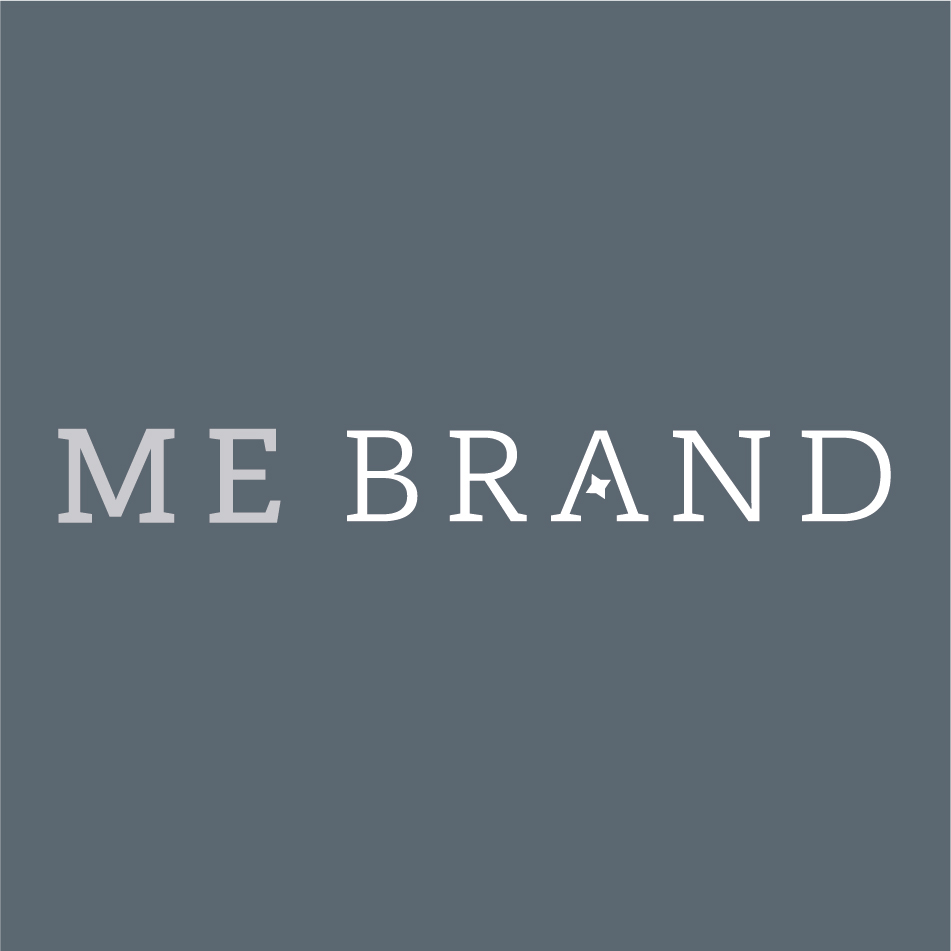Safeguard your Brand: Catch those typos!
- ME BRAND

- May 23, 2024
- 3 min read
Updated: Sep 10

Just a few weeks ago, my client's supplier hit me with a question: "Can we skip proofs and dive straight into production?" With my two decades of experience, I swiftly replied, "Absolutely not." I've never given the go-ahead without first laying eyes on samples, even flat mock ones.
So, here's a little nudge to all you brand owners out there: always remember to ask for printing proofs! It might seem like a small step, but trust me, it's a total game-changer. And let me tell you, it was such a relief when we caught those two sneaky typos after my client had already given the green light.
Why are printing proofs important?
Printing proofs are like trial runs for your printed materials, ensuring everything looks good before you commit to a full-scale print job. They're crucial for ensuring that you and your print provider are on the same page about the desired outcome. Here are some key points to remember:
Spot Errors: Printing proofs let you catch any mistakes in design, layout, text, or colors before they become costly issue7s. This can save you both time and money by avoiding the need for reprints.
Ensure Color Accuracy: Since monitors and printers can display colors differently, proofs help ensure that the colors in your final product match your expectations.
Obtain Client Approval: The printing proof provides an opportunity for your client to give their final approval before proceeding with printing, ensuring their satisfaction with the end result.
Facilitate Communication: Proofs serve as a communication tool between you and your printer, allowing you to review the proof, discuss any necessary adjustments, and ensure everyone is aligned on the final product.

When should you request a printing proof?
Think of it as your safety net, especially for crucial projects like:
First-time collaborations with a printer.
Projects with critical design elements.
Those where color accuracy is paramount (think logos or branding materials).
Projects involving complex layouts or finishes.
What kind of printing proof is right for you?
It all boils down to the complexity of your project. Take into account these three factors:
Low-resolution proof (Inkjet or plotter proof): deal for basic checks, catching typos, layout issues, and text placement. While it's a basic representation, colors may not be exact.
High-resolution digital proof: This digitally printed proof gives you a more accurate portrayal of final colors and layout on similar paper.
Wet proof/contact proof: An actual print sample on your chosen material, perfect for intricate details, folds, finishes, or critical color matching.

Are printing proofs free of charge?
The fee for your printing proof will depend on your print provider, but here are considerations your provider might consider:
Soft Proof (Digital Proof): Many printers offer free soft proofs. These are digital files you can review on your screen.
Flat Hard Proofs (Digital Printed Proofs): These are the most common proofs; they're digitally printed to size as flat proofs but may not accurately reflect colors or materials, typically provided free of charge.
Hard Proof (Physical Proof): You may incur a fee, especially for high-quality proofs like wet proofs. The cost reflects the additional time and materials involved.
Remember, skipping the printing proof is not advisable!
Investing in a proof can save you from costly errors and ensure your final product meets expectations. So, a few bucks spent on a proof upfront can prevent hundreds or even thousands in reprints later on. Don't hesitate to discuss proofing options with your printer—they're there to help ensure your printed materials look their best.



Comments